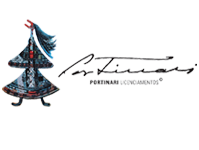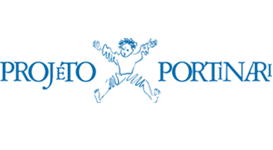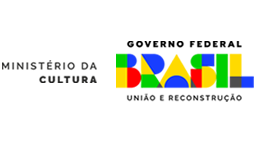General Info
Family background; childhood in Belém; work at his father's studio; moving to Niteroi; meeting Portinari at the Escola Nacional de Belas Artes/ENBA; his work for "Tico Tico" magazine; "O Malho" magazine; the support of Raul Pederneiras; his fondness for sports; Michelangelo's free style of painting; the differences between the non-credit and the credit student at the ENBA; the prize trip to Europe; Portinari's generosity; Portinari's friends; Roberto Rodrigues; Portinari is awarded the prize trip to Europe for his "Portrait of Olegário Mariano"; Portinari's works for the Ministério da Educação e Saúde/MES; he becomes an art critics in support of modern art; Augusto Bracet's criticism of Portinari; the ENBA's faculty; praise for Portinari; Lúcio Costa and the ENBA; Burle Marx; Portinari and Oscar Niemeyer; Bianco; Portinari's poor health; his close relationship with Portinari in Paris; Alfredo Galvão; Portinari's religious beliefs; Portinari's success with women; Rosalita Mendes de Almeida; Portinari's relationship with diplomats in Paris; Sotero Cosme; meeting Portinari and Maria; Portinari's admiration for Velasquez; Modigliani; Portinari's puritanism prevents him from painting nudes; Portinari's tireless work in his studio; École des Beaux-Arts in Paris; his stay in Italy with his wife; Foujita; meeting painters from all over the world in Paris; Núcleo Bernardelli; the 1931 Salon; Filinto Muller; military repression in the ENBA; Plinio Salgado's naivety; the beginning of the Brazilian social, cultural and political life in 1930; the meaning of the word "left"; foundation of the Escola de Belas Artes in Araraquara; trips to Brodósqui; the painters' attempt to bring art to the countryside; Portinari's temperament; Portinari's relation with the Communist Party; Pancetti; the Santa Helena Group; the elitist stance of the Semana de Arte Moderna; Campofiorito takes over the teaching of painting at the ENBA, in 1938; Oswaldo Teixeira and the Academic School; the ousting of Campofiorito from the ENBA by the Ato Institucional no.5, in 1968; Celso Kelly; Escola do Povo; affiliation to the Communist Party; Carlos Drummond de Andrade; Manuel Bandeira; the need to have more young people ruling; the Communist Party picks Portinari to run for Senator; Portinari's commitment to society; "Northeastern Migrants"; Goya; Portinari's mural painting; Di Cavalcanti; Maria's support for Portinari; President Getúlio Vargas breaks with the Constitution; comparison between Portinari and Picasso; "Coffee"; Campofiorito's return to painting following his ousting from the ENBA; the feud between Mário Pedrosa and Portinari; the artisits learning from the masters; Portinari's artistic guidance to young painters; painters bending to the whims of critics; the naivety in Matisse's painting; Modigliani's influence on Portinari's art; influences and imitations; Guignard; Campofiorito's classes at the ENBA; Campofiorito praises his wife Hilda; his son Ítalo Campofiorito.
























































